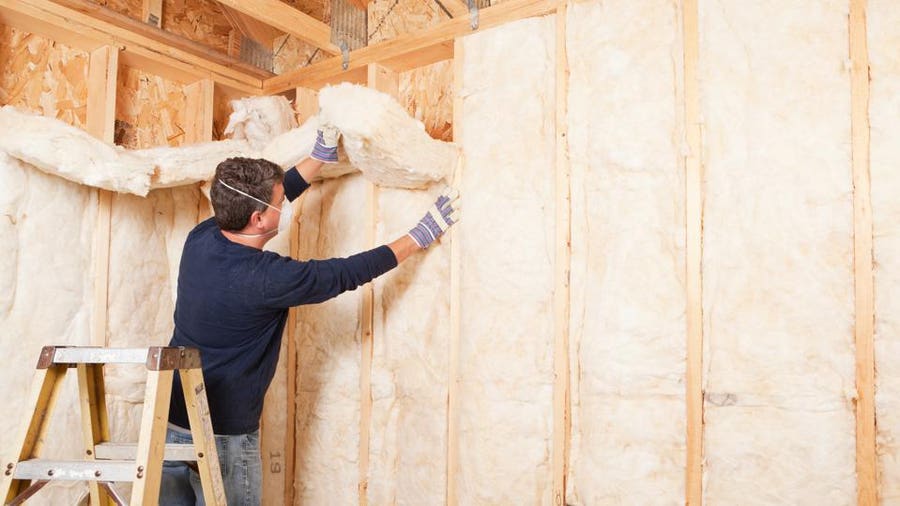
In today's rapidly advancing world, the quest for energy efficiency and sustainability has become paramount. One crucial aspect of this pursuit is finding the best heat insulator. Whether it's for buildings, industrial processes, or even space exploration, the ability to effectively control heat transfer is essential. In this blog post, we will delve into the realm of heat insulation, exploring the various materials and techniques that offer unparalleled thermal efficiency.
- Aerogels: The Lightest and Most Efficient Insulators:
Aerogels, also known as "frozen smoke," are remarkable materials with extraordinary insulating properties. Composed of a gel-like substance, aerogels undergo a unique drying process that replaces the liquid component with gas, resulting in a solid material that is up to 99.8% air. This intricate structure makes aerogels highly effective at impeding heat transfer, making them the ultimate choice for applications where weight and space are critical factors. - Vacuum Insulation Panels: The Power of Empty Space:
Vacuum insulation panels (VIPs) harness the power of empty space to achieve exceptional thermal insulation. By creating a vacuum between two layers of airtight material, VIPs eliminate heat transfer through conduction and convection. This innovative technology offers significantly higher insulation performance compared to traditional materials, making it ideal for applications where space is limited, such as refrigerators, freezers, and building envelopes. - Phase Change Materials: Harnessing the Power of Transitions:
Phase change materials (PCMs) are substances that can store and release large amounts of thermal energy during phase transitions, such as solid to liquid or liquid to gas. By utilizing PCMs in insulation systems, heat energy can be absorbed or released, effectively regulating temperature fluctuations. This dynamic capability makes PCMs highly efficient in maintaining stable indoor temperatures, reducing the need for excessive heating or cooling. - Nanotechnology: Revolutionizing Heat Insulation:
Nanotechnology has opened up new frontiers in heat insulation by manipulating materials at the atomic and molecular levels. Nanostructured materials, such as nanofibers and nanocomposites, exhibit exceptional thermal properties due to their high surface area and unique structural characteristics. These materials can effectively scatter and reflect heat, minimizing thermal conductivity and maximizing insulation performance.
Conclusion:
In the pursuit of the best heat insulator, we have explored a range of cutting-edge technologies and materials. From the lightweight and porous nature of aerogels to the vacuum-sealed efficiency of VIPs, and the dynamic capabilities of PCMs to the revolutionary advancements in nanotechnology, the world of heat insulation is constantly evolving. By harnessing these innovations, we can create a more sustainable future, where energy efficiency and thermal comfort go hand in hand.


